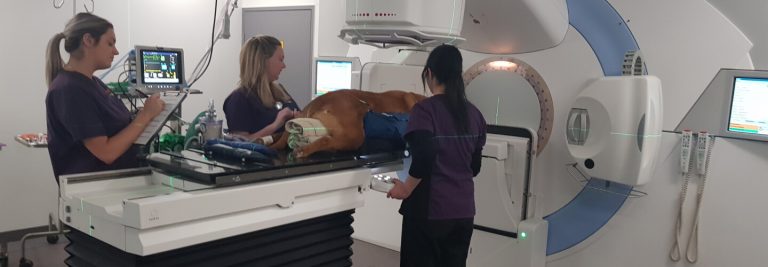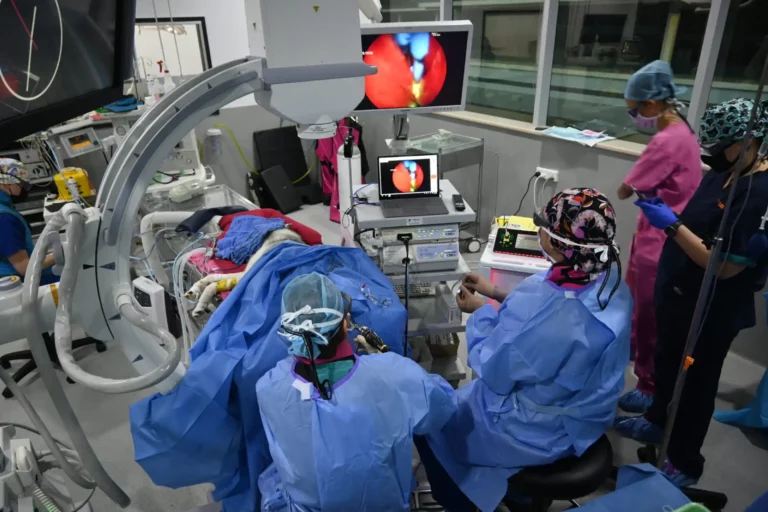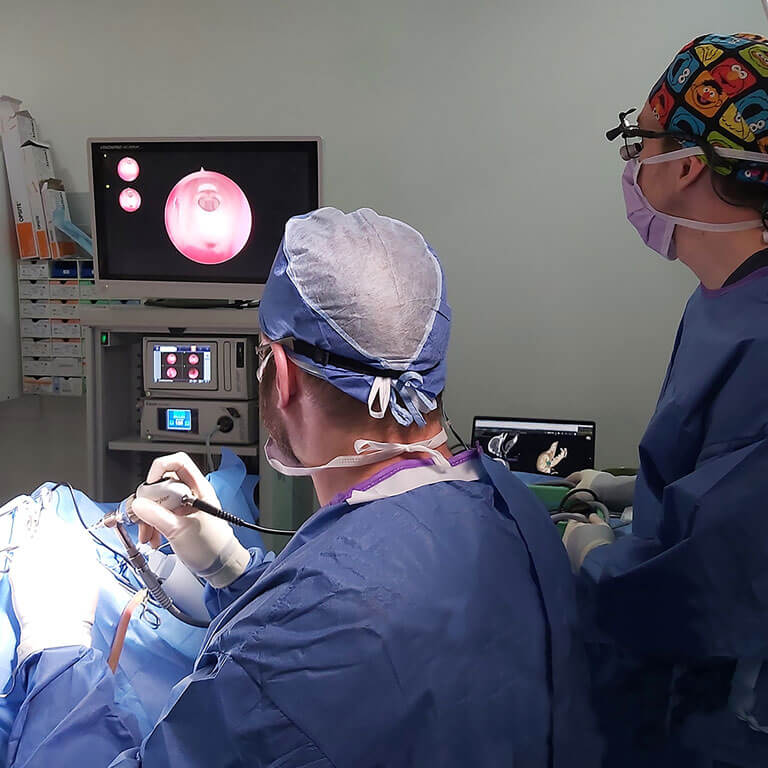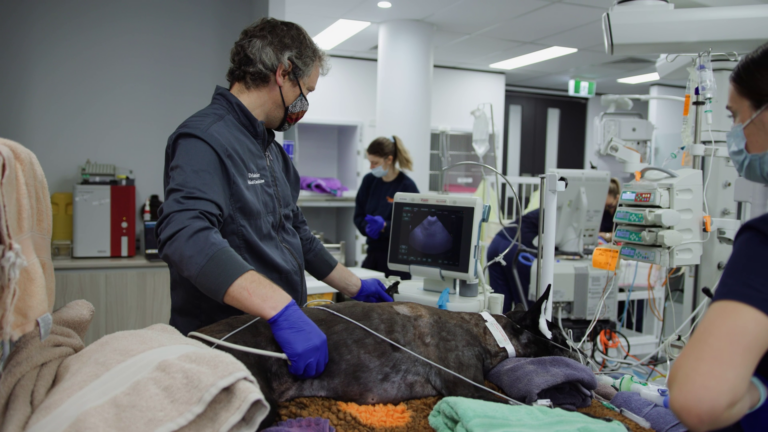Reviewed by Dr Negar Hamzianpour, Specialist in Ophthalmology
What are cataracts in dogs?
Cataracts in dogs occur when the lens of the eye becomes cloudy or opaque. This cloudiness blocks light passing through, and can therefore affect vision. Cataracts can occur in one or both eyes.
What causes cataracts in dogs?
Cataracts in dogs can be caused by a number of factors. Cataracts can be hereditary and affect some breeds more than others. Common examples include:
- Siberian Husky
- Boston Terrier
- Miniature Poodle
- Cocker Spaniel
- Golden Retriever
- Labrador Retriever
- Australian Shepherd
- Boxer
- Staffordshire Bull Terrier
Due to the hereditary nature of cataracts, some breeders may test their dogs prior to breeding to obtain an eye certificate.
Diabetic dogs are at very high risk of developing cataracts. In fact, most diabetic dogs develop cataracts resulting in blindness within a year of being diagnosed. Other causes include advanced age, trauma, retinal disease, and other diseases of the eye.
Symptoms of cataracts in dogs
As an owner, in the early stages of cataracts, you may notice subtle changes in eyesight related behaviour. Examples include decreased ability to fetch or catch. In more advanced stages, you will be able to notice a dense white cloudiness of the eyes and your dog bumping into things. Mild cloudiness can be a normal part of aging, but if you are concerned, take your dog to see a veterinarian. If cataracts are suspected, they may refer you to an eye specialist (ophthalmologist).
Cataracts in dogs will not disappear on their own. Left untreated, they can worsen over time and lead to partial or total blindness. Cataracts can also cause other problems such inflammation and pain. However, its progression is highly variable with some patients are able to maintain relatively good vision, even into old age. Consulting with an ophthalmologist is the best way to assess whether or not treatment is needed.
Treatment for cataracts in dogs
There is currently no proven medical treatment (e.g. eye drops or drugs) for treating cataracts in dogs, and surgery is the only effective way to correct the problem. Cataract surgery (phacoemulsification) involves breaking down the lens, removing it, and replacing it with an artificial lens. Although very effective in restoring sight, the surgery is not suitable for every patient. Patients with other eye issues such as glaucoma or retinal degeneration may not be suitable for surgery. Suitability for surgery can be assessed by an ophthalmologist.
The good news is that for dogs that do not or cannot get surgery, they do adapt well to partial or even complete blindness. Even blind dogs can have a good quality of life and can navigate through a house, as long as furniture is not moved around.
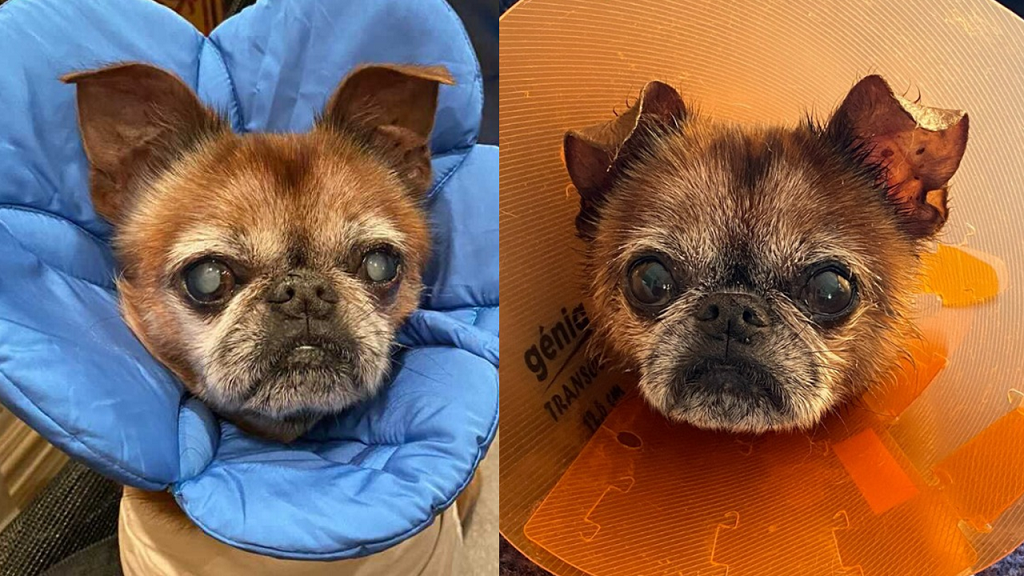
Outcomes for cataract surgery in dogs
Improvements in vision can be noticed within days after surgery. However, it can take weeks for the eyes to completely recover, with around 95% of dogs having vision restored.
It has been shown that 90% of dogs are able to maintain vision after surgery at the one-year mark, and 80% at two years. The odds of a favourable outcome can be significantly increased with a skilled Specialist in Ophthalmology who will also to able to provide outstanding post-operative care, which is important for recovery.
As with all surgery, cataract surgery can carry risk, especially if the patient has other underlying health conditions. These factors will all be taken into consideration and discussed with you by the specialist Ophthalmology team at SASH.
Why choose SASH for treating cataracts in dogs
SASH is the only hospital in NSW which offers specialist ophthalmology, with ophthalmology on-call afterhours, attached to a fully staffed 24/7, 365 Emergency & Critical Care department. We understand the serious nature of eye related conditions and the need for urgent intervention when necessary.
With SASH’s multidisciplinary ethos, the SASH Ophthalmology team will work closely with specialists in other departments where needed, such as:
- Anaesthesia specialists help to reduce the risk of anaesthesia during and after surgery, which increases with patient age and other health conditions
- Internal Medicine specialists to manage patients with other underlying health conditions such as diabetes
- 24/7 veterinary and nurse care, including Critical Care for patients that require more intensive care
